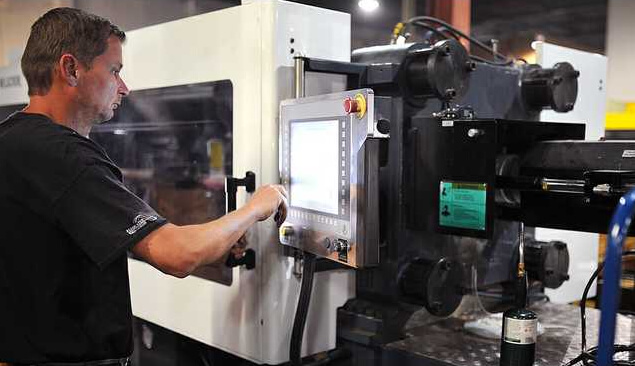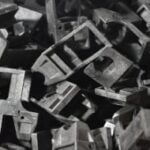Defects. Flaws. Reduced structural integrity.
No matter how you phrase it, these are words no manufacturer wants to hear. But they can happen, no matter if you are new to or experienced in the injection plastic molding process. The best approach is to become familiar with commonly found defects, and understand why they happen. Here are a few of the most common defects and what you can do to prevent them.Flow Lines
Odd discolorations, wavy bands, or otherwise imperfect streaks are known as flow lines. This type of defect is typically caused by too much variation in temperature as the part cools and becomes solid.Solution: Adjust the flow rate and cooling time to create a uniform product. This can be done a number of ways depending on the specifications of the design and materials used. You can increase injection pressure and temperature to keep material hotter. You can also make design adjustments, like rounded corners or smaller or wider features to facilitate a more uniform flow.
Burn Marks
Black scorched specks along edges and surfaces of parts are called burn marks.These burn marks are typically caused by overheating and overheating of trapped air sneaks in during injectionSolution: Eliminating the trapped air from getting inside the mold is key to preventing burn marks. You can reduce the injection speed, allow air to escape through vents, or shorten the cycle time so that the air doesn’t have a chance to overheat. The less air that gets trapped or the lower the temperature, the smaller your chance of burn marks.
Bubbles and Voids
Air pockets in the part are known as bubbles or voids. Though typically you can see them at the surface of the part, sometimes they are hidden and can weaken the structure of a part. These flaws are also caused by trapped air inside the mold. The air slips in when material shrinks, injection pressure is too low, or the part’s cooling rate is off.Solution: Shrinkage can happen as molten plastic cools and solidifies. As wall thickness of the molded part increases, so does the shrinking factor. Design practices can help reduce shrinkage which leads to bubbles and voids: keeping wall thickness less than 6 millimeters, the size and placement of gates, or changing the grade of the raw material. Additional solutions could be to increase the injection pressure to force any lingering air out of the mold.
Sink Marks
Depressions and uneven surfaces are called sink marks. Similar to other defects, sink marks are caused by uneven cooling of the molten plastic and shrinkage. The cause of sink marks may vary depending on materials used, design, or the process. For example, whenever there are variations in wall thickness, the thicker parts cool more slowly. These differences in thickness and temperature cause material to pull slightly inward, causing a depression.Solution: Keeping wall thickness uniform is one way to ensure even cooling and reduce risk of sink marks. Engineers can also adjust some of the design features, like hollowing out solid sections where possible. There are other fixes you can do with placement of gates and reducing the injection pressure and time.



